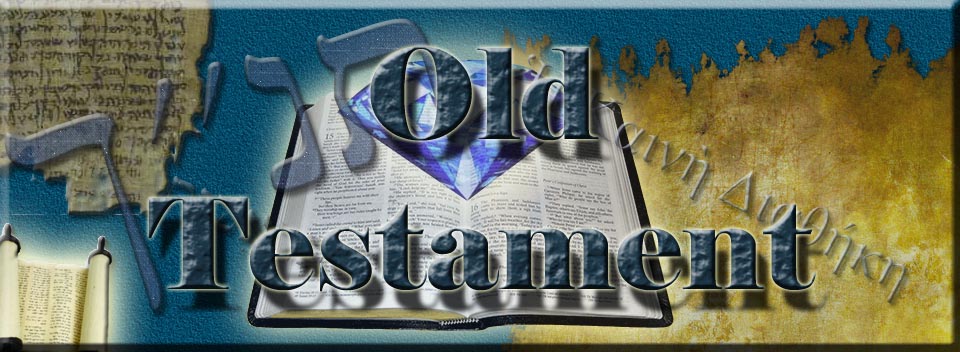Jewish scribes
or copyists consisted of 3 main groups
-
The
Sopherim (400BC - AD 200)
-
The
Talmudist (AD 100 - 500)
-
The
Masoretes (AD 500 – 950)
The Sopherim
(Scribes) -
400 BC – AD 200
-
Started by Ezra during the Babylonian Exile.
-
They were the Bible publication society of their
day.
-
At about 100 BC they began to count the verses,
words & letters of each book in the Old Testament and appending these
figures to the end (Masora Finalis) of each book.
-
Used text only with consonants.
-
Sub-grouped by Jewish tradition as follows
- Sopherim – 5th – 3rd
Century BC – Ezra to Antigonus of Socho
- Zugoth – 2nd – 1st Century
BC Jose ben Joezer to Hillel
- Tannaim – 1st & 2nd
Century AD – Death of Hillel – Judah Hannasi
-
Their writings are found in the Mishnah, the
Tosefta, the Baraithoth, and the Midrash
The Midrash
(To Study) – 100 BC – 300 AD
-
Doctrinal & homiletical exposition of the Old Testament
-
Written in Hebrew & Aramaic
-
Consisted of two parts
-
Halakah (procedure) Commenting on Torah only
-
Haggada (declaration) Commenting on the Old Testament
The
Tosefta (Supplement) – 100 BC – 300 AD
The Talmudist
(Instruction) 100 – 500 AD
The Talmud
The Discipline of the
Talmudists for coping a synagogue scroll
- A synagogue scroll must be written on the skins of clean
animals.
- A synagogue scroll must be prepared by a Jew.
- A synagogue scroll must be fastened by strings taken from
clean animals.
- Every skin must contain a certain number of columns
throughout the entire codex.
- The length of each column must not extend over less the 48
or more then 60 lines; and the breadth must consist of thirty
letters.
-
The whole copy must be first-lined; and if three words be
written without a line, it is worthless
- The ink should be black, neither red, green, nor any other
color, and be prepared according to a definite recipe.
-
An authentic copy must be the exemplar, from which the
transcriber ought not in the least deviate.
- No word or letter, not even a yod, must be written from
memory, the scribe not having looked at the codex before him.
- Between every consonant the space of a hair or thread must
intervene.
- Between every parashah, or section, the breadth of nine
consonants.
- Between every book, three lines.
- The fifth book of Moses must terminate exactly with a line;
but the rest need not do so.
- The copyist must sit in full Jewish dress.
- The copyist must wash his whole body.
- The copyist must not begin to write the name of God with a
pen newly dipped in ink.
- Should a king address him while writing that name he must
take no notice of him.
The
Masoretes – Scholars who between 500 AD – 950 AD gave the final
form to the Old Testament by taking the consonant only text of the
Sopherim and adding vowel points.
- Their way of correcting what they thought were wrong words –
If the Masoretes thought the wrong word was used in the book they were
coping that would leave the Consonants alone but would place the vowels
from the correct word over the consonants of the wrong word and in the
side margin of the parchment they would write the consonants of the
correct word.
- The original name of God (Yahweh) was YHWH. The
Masoretes couldn’t write the name of God so they would replace His
name with the Hebrew word for Lord (Adonay). They would write YHWH but
write the vowels from Adonay (EOA) over the YHWH and write the
consonants DNY in the margin. Thus the church read Gods name as
Yehovah or in German Jehovah.
- The Masoretic texts contained 3 Margins
- Marginal Masorah – The side margin where they would
write the Consonants of corrected words as well as the number of words
& letters for each line of text.
- Larger Masorah – The bottom margin where they would
place more notes as well as mnemonic devices.
- Final Masorah – The end of a book was where they would
place number of verses, letters as well as the middle word and middle
letter so every copy could be checked against the original.
- The Masoretes also used two other types of textual
correction.
- If they thought any words were added after the original
text they would mark the text in doubtful with dots. Example “and
Aaron from Numbers 3:39.
-
If a letter was considered doubtful they would raise
that letter a little above the text Example in Judges 18:30, the name
Moses (MSH) was changed to Manasseh (MNSH) to protect Moses. So they
would write the “N” higher then the rest. See footnote in the NIV
|

 Home
Home What's New
What's New Bible
Bible Photos
Photos Hiking
Hiking E-Books
E-Books Genealogy
Genealogy Profile
Free Plug-ins You May Need
Profile
Free Plug-ins You May Need
 Get Java
Get Java.png) Get Flash
Get Flash Get 7-Zip
Get 7-Zip Get Acrobat Reader
Get Acrobat Reader Get TheWORD
Get TheWORD